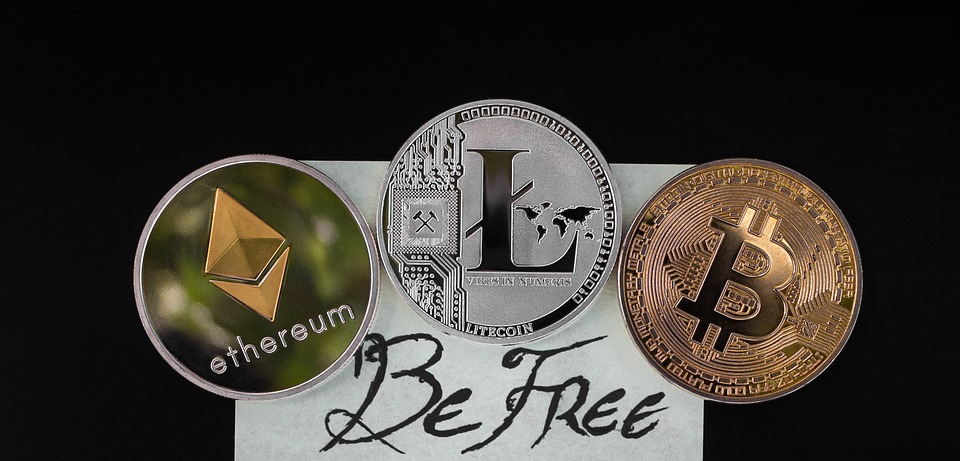The rise of digital assets has been one of the most significant developments in the world of finance and technology in recent years. From the pioneering cryptocurrency Bitcoin to the more recent phenomenon of NFTs (non-fungible tokens), the digital asset landscape continues to evolve and expand.
Bitcoin, which was created in 2009 by an anonymous person or group known as Satoshi Nakamoto, was the first decentralized cryptocurrency. It operates on a technology called blockchain, which is a distributed ledger that records all transactions made with Bitcoin. Bitcoin quickly gained popularity as a digital currency that could be used for online transactions, investment, and as a store of value.
In the years following Bitcoin’s launch, numerous other cryptocurrencies, or altcoins, were created, each with its unique features and use cases. These include Ethereum, Litecoin, Ripple, and more. Over time, the adoption of cryptocurrencies has grown, with more businesses accepting them as a form of payment and more individuals investing in them as speculative assets.
In recent years, a new type of digital asset has emerged: non-fungible tokens (NFTs). NFTs are unique digital assets that represent ownership or proof of authenticity of a particular item or piece of content, such as artwork, music, collectibles, or virtual real estate. NFTs are powered by blockchain technology, which ensures the scarcity, provenance, and security of these digital assets.
One of the most notable aspects of NFTs is their ability to tokenize digital content, allowing creators to monetize their work in new and innovative ways. For example, artists can sell digital art as NFTs, enabling them to retain ownership and control over their creations and earn royalties whenever their work is sold or resold. Additionally, NFTs have opened up new possibilities for collectors and investors to participate in the digital art market and own exclusive pieces of digital content.
The market for NFTs has exploded in recent years, with high-profile sales and auctions garnering significant attention and media coverage. Some of the most notable sales include the $69 million sale of an NFT artwork by digital artist Beeple and the sale of virtual real estate in decentralized virtual worlds like Decentraland and The Sandbox.
As the world of digital assets continues to evolve, it is clear that Bitcoin and NFTs are just the beginning of a larger trend towards the digitization of assets and the tokenization of value. Whether it’s using cryptocurrency for online payments or investing in digital art and collectibles through NFTs, the opportunities for individuals and businesses to participate in the digital asset economy are vast and growing.
